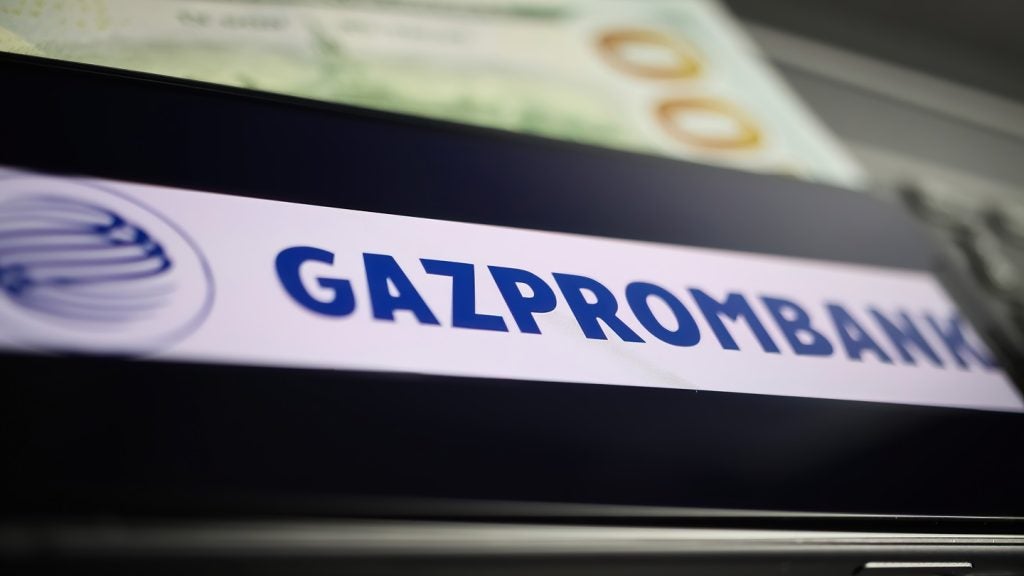Recent research concluded that US consumers will turn to
online peer-to-peer lending networks to pay off credit card debt,
and the amount borrowed for this purpose is expected to surge from
$38 billion to $159 billion over the next five years. RBI
talks to Douglas Dolton, the CEO of UK-based market leader
Zopa.com.
How threatened should retail banks feel by the rise of
peer-to-peer (p2p) lending? According to Douglas Dolton, the CEO of
UK-based market leader Zopa.com, banks should be very worried.
“Financial institutions are faceless. People like helping each
other and we are helping people to help each other,” he told
RBI.
The p2p lending market had its breakthrough year in 2007. To cap
it, in December a US study released by Javelin Research &
Strategy predicted that more US consumers will turn to online p2p
social lending networks to pay off credit card debt, with the
amount borrowed for this purpose expected to surge from $38 billion
in 2008 to $159 billion over the next five years.
Asked if he felt this figure was a reasonable estimate of the
potential market, Dolton replied: “Absolutely.”
On 30 November 2007, Zopa announced it had joined forced with six
US credit unions and had launched its service in the US, a market
in which there has been seen significant p2p activity in 2007.
Prosper.com, for example, the leading US player, has reported
strong growth in its business – it says it has passed the $100
million mark for loans funded and now has over 490,000 members –
while the UK’s Virgin Money purchased US-based CirceLending.com in
October (see RBI 581).
US business model
Via Zopa’s business model in the US, which differs from the likes
of Prosper and Virgin, the credit unions will enable lenders to put
money in Zopa-branded certificates of deposit (CDs) that are then
used to help fund the loans to borrowers.
How well do you really know your competitors?
Access the most comprehensive Company Profiles on the market, powered by GlobalData. Save hours of research. Gain competitive edge.

Thank you!
Your download email will arrive shortly
Not ready to buy yet? Download a free sample
We are confident about the unique quality of our Company Profiles. However, we want you to make the most beneficial decision for your business, so we offer a free sample that you can download by submitting the below form
By GlobalData“We’re thrilled with the US launch,” said Dolton. “We have a
completely innovative product. We are in this business to make a
sizeable impact.”
The survey of 2,200 US consumers by Javelin Research & Strategy
found that 58 percent are expected to carry a balance on at least
one credit card in the next six months and 44 percent of these are
likely to use a social lending service to pay it off.
But while Javelin’s research concluded that p2p is not “an
immediate threat” to banks because consumer awareness of p2p is
still relatively low, James Van Dyke, president of Javelin Strategy
& Research, said: “Although banks can compete on interest
rates, the community aspect that defines social lending threatens
to leave banks out of the equation. But they also must get in the
game.
“The first step to protecting themselves is to form partnerships
with social lending communities, whether it’s by getting in front
of the consumer or playing a behind-the-scene role.”
An indication of the potential of the p2p market, says Dolton, is
the fact that Zopa has managed to grow with hardly any marketing
spend. “We have created a community of consumers and have spread
the message by using word-of-mouth and similar viral techniques… We
couldn’t afford to spend on marketing and viral is really working
for us,” he said.
In addition to the US launch, Zopa has expanded into Italy and
plans more roll-outs around the world. One market picked out by
Dolton is Japan, a market in which, he says, consumers have
suffered from poor customer service from the mainstream banking
community. “It is a very interesting market, one with tremendous
opportunities… helping Japanese consumers as opposed to hitting
them hard,” said Dolton.
According to Dolton, the global p2p market is evolving and growing
all too rapidly. In the US, the market already has players such as
LendingClub, GlobeFunder, Loanio, Kiva, MicroPalce and Prosper, and
now Virgin Money. Other sites around the world include
CommunityLend (Canada), Ireloans (Ireland), FairRates (Denmark),
PeerMint (New Zealand), Boober (Germany) and Prodigy (France), to
name a few.
At the end of October a new site was launched in Australia called
IGrin, while in New Zealand a pilot platform called Nexx was
introduced.
Managing risk
In its domestic UK market, where it launched in 2005, Zopa reports
that it now has around 200,000 members and that average lender
returns usually fall between 7 percent and 11 percent. The company
says it boasts one of the lowest loan default rates, at less than
0.2 percent, and says it avoids subprime borrowers – and risks – by
only helping people with credit scores of A* to C. It also spreads
risk by lending only small chunks to individual borrowers: a lender
lending £500 or more would have the money spread across at least 50
borrowers.
Zopa earns its money by charging borrowers a 0.5 percent
transaction fee and lenders a 0.5 percent annual servicing
fee.
Dolton concludes by saying: “We do feel there is a role that p2p
can play [in retail financial markets]. It is about the
democratisation of retail financial services and we are talking
about massive amounts of money.”







